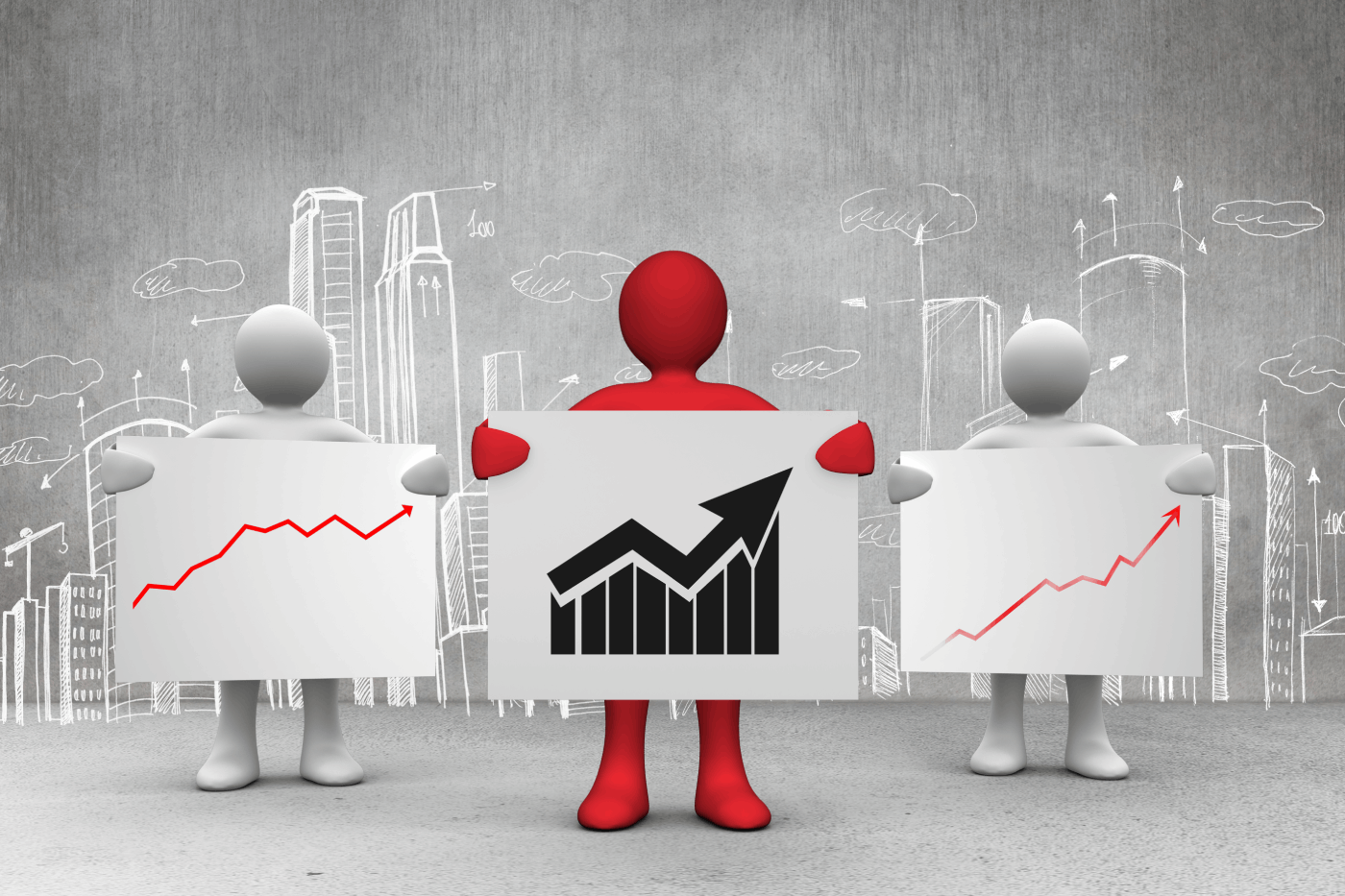Latest Post
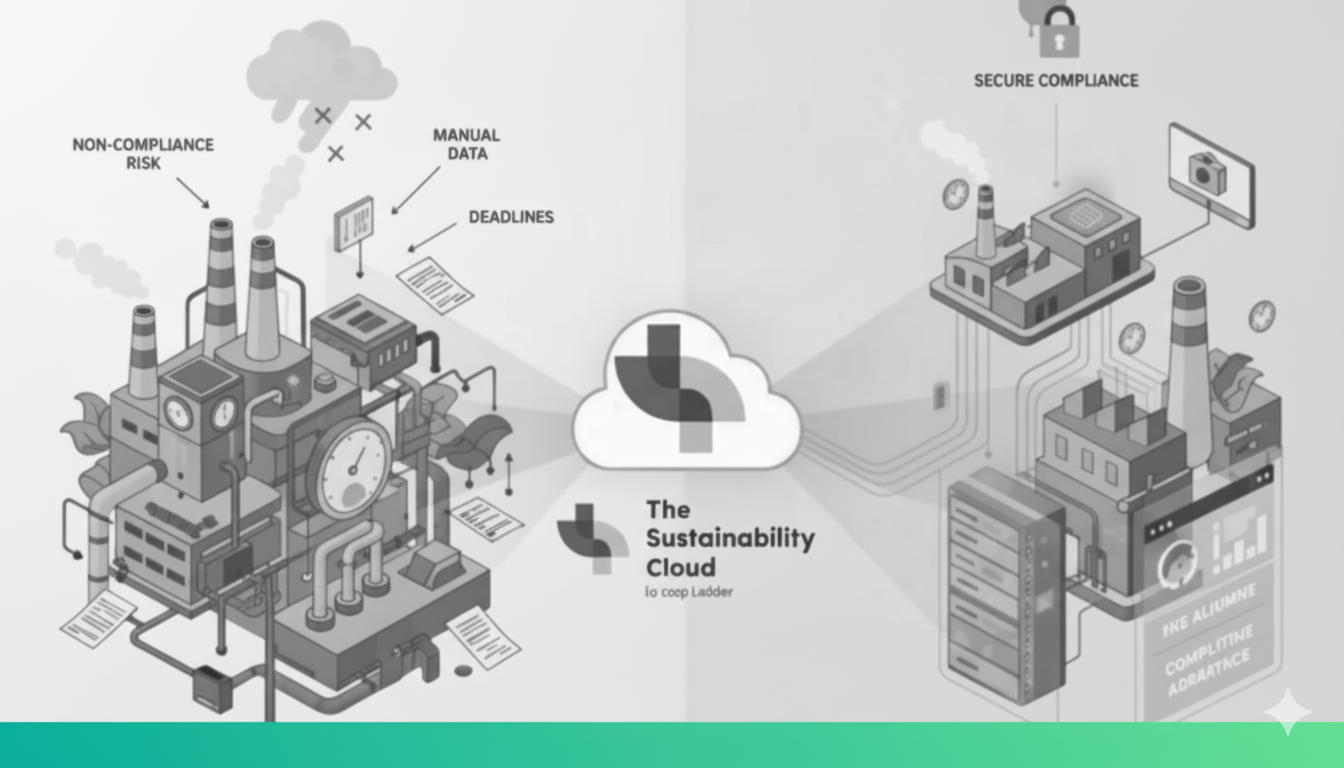
September 23, 2025 | CPCB Issues OCEMS Directive on Real-Time Emission Data
On 23 Sept 2025, CPCB directed industries to register on the new OCEMS portal for emission and data reporting.
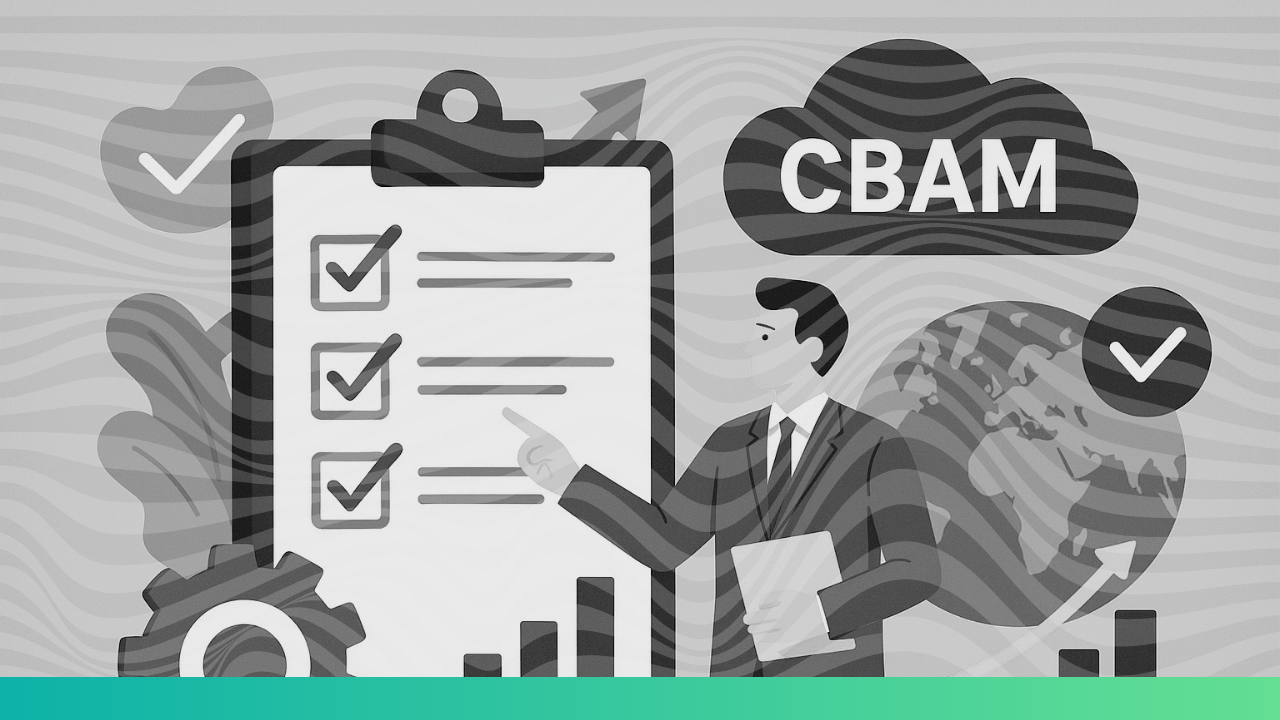
How to Become CBAM Audit-Ready Before 2026: Compliance with CBAM Solution
With CBAM’s transitional phase underway, EU-exporting installation operators must act now to ensure audit readiness. Full implementation begins in 2026—put

September 23, 2025 | CPCB Issues OCEMS Directive on Real-Time Emission Data
On 23 Sept 2025, CPCB directed industries to register on the new OCEMS portal for emission and data reporting.

How to Become CBAM Audit-Ready Before 2026: Compliance with CBAM Solution
With CBAM’s transitional phase underway, EU-exporting installation operators must act now to ensure audit readiness. Full implementation begins in 2026—put
Featured Post

How EU importers’ reluctant compliance to CBAM is reshaping trade and revenue
EU importers are experiencing the administrative and economic impacts of the Carbon Border Adjustment

CBAM reporting October 31 deadline changes rules for exporters and importers
New CBAM reporting guidelines mandate the use of actual embedded emissions data by non-EU

Why a low-cost gateway in an IoT project does not make any sense?
A low-cost IoT gateway may save upfront costs but risks downtime, poor security, and

Navigating the climate-neutral economy: A practical guide for businesses
In today’s ever-changing business landscape, staying ahead of the curve is essential for long-term

CBAM reporting October 31 deadline changes rules for exporters and importers
New CBAM reporting guidelines mandate the use of actual embedded emissions data by non-EU

LogicLadder was chosen by NASSCOM among the Top 10 start-ups of India.
LogicLadder, with its flagship platform The Sustainability Cloud, has been recognized by NASSCOM among
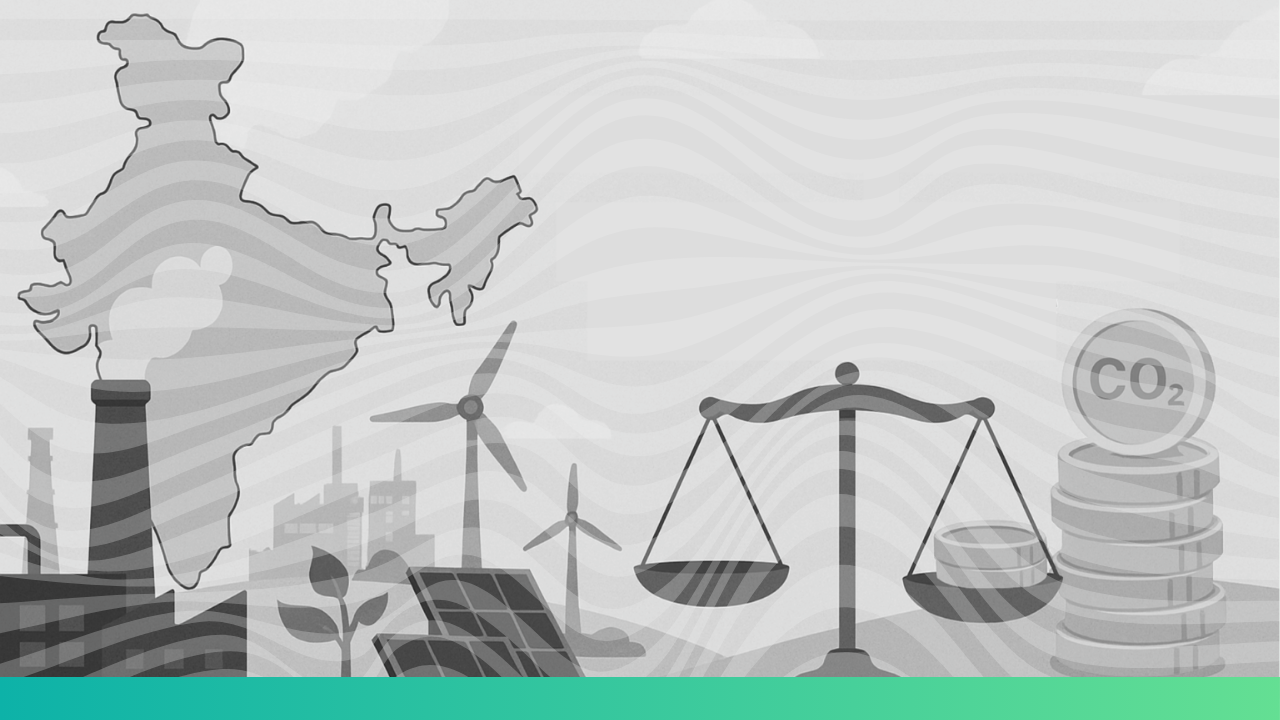
CCTS explained: Everything you need to know about India’s new Carbon Credit Trading Scheme
This blog talks about the newly introduced Carbon Credit Trading Scheme (CCTS) policy rolled

Dubai Clean Energy Strategy 2050
Dubai’s Clean Energy Strategy 2050 is a bold plan to generate 75% of the

CSRD reporting decoded – Understanding the 3 Ws and H
The European Union Commission introduced the Corporate Sustainability Reporting Directive (CSRD) in 2023. Under this framework, large and listed companies are required to publish regular reports on the social and environmental risks they face.

CBAM Reporting: Steps to request delayed CBAM report submissions
Importers and exporters facing issues in submitting the quarterly CBAM reports can now request delayed submission due to technical errors. Here is a look at the regulations on how importers can apply for delayed CBAM report submissions.

India’s carbon market revolution: sustainable growth with climate-conscious economy
A bird’s eye view of how India is establishing its own carbon market and why is it an important step in carbon emission accounting to meet its NetZero 2070 targets.
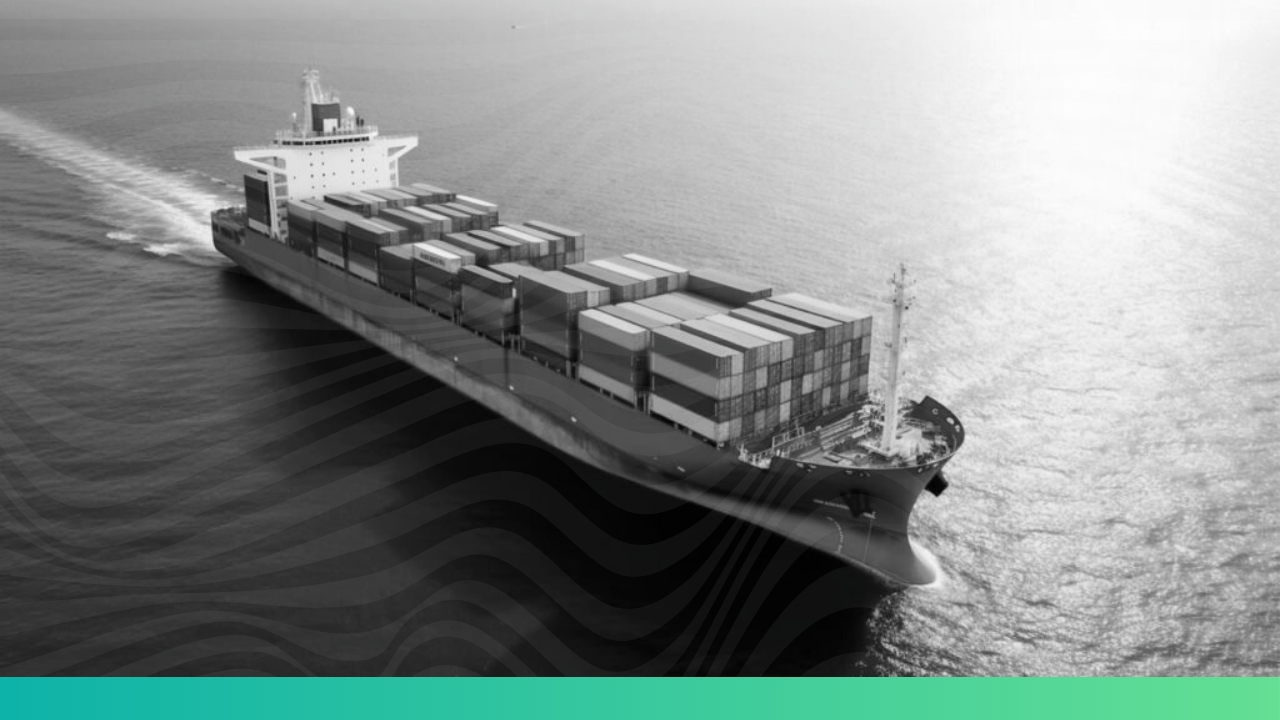
12 challenges faced by EU importers under CBAM
Carbon Border Adjustment Mechanism and 12 major challenges for EU importers and EU traders. This blog identifies all significant challenges that an importer of goods entering the European Union faces during the Transitional Phase 1 and Definitive Regime with emphasis on the EU’s supply chains.

CIO’s guidebook to buy sustainability management software
CIOs face challenges in selecting sustainability management software by evaluating its effectiveness in meeting environmental goals. Key parameters include industry fit, software efficiency, integration capabilities, and ease of use. They must also consider how well the tool aligns with company-specific sustainability objectives and overall IT functions, ensuring it helps accurately measure and reduce environmental impact.

Scope 3 emission accounting for upstream and downstream activities
Scope 3 emissions could soon become mandatory as they represent over 75% of the total GHG gas emissions of a company. Hence, it is imperative that organisations start strategising for Scope 3 emissions measurement.
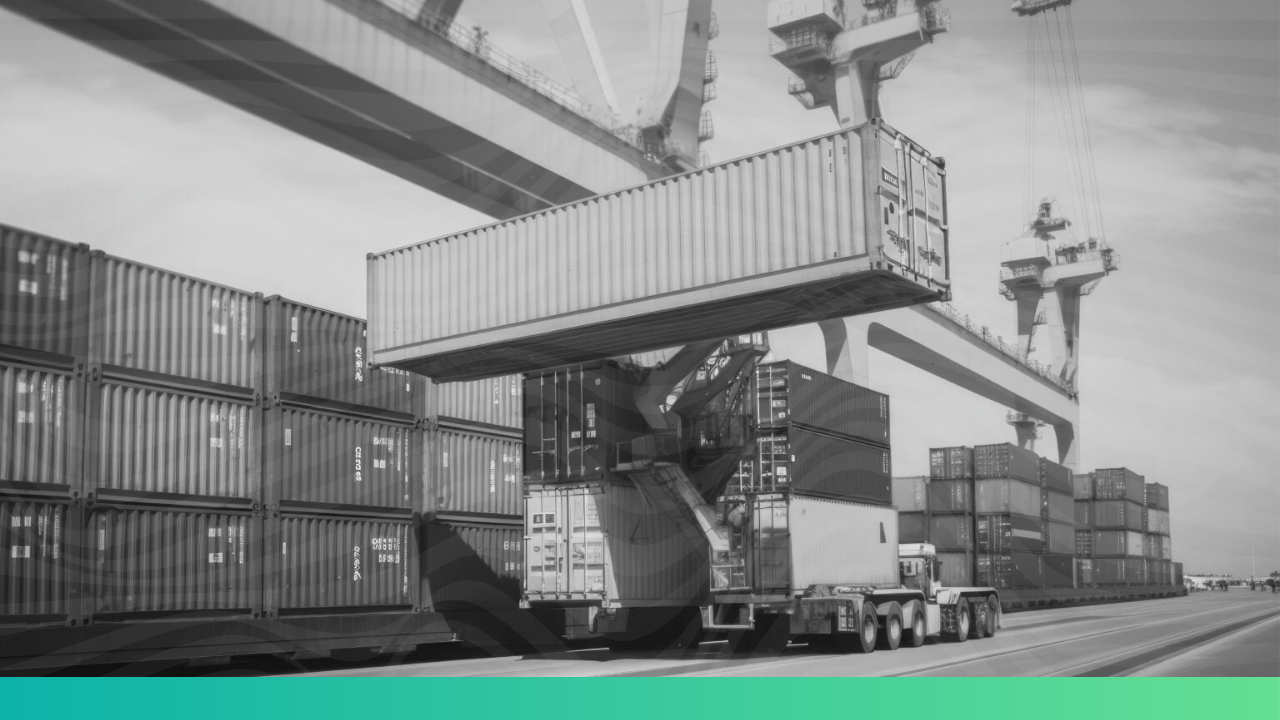
CBAM rules: How importers need to file their CBAM report
CBAM rules for using the specific reporting template are different for importers and suppliers. CBAM rules for using the specific reporting template are different for importers and suppliers. An exporter from outside the EU is mandated to provide details of the embedded emissions, production routes and production processes. Here is a look at steps needed to submit the CBAM report.
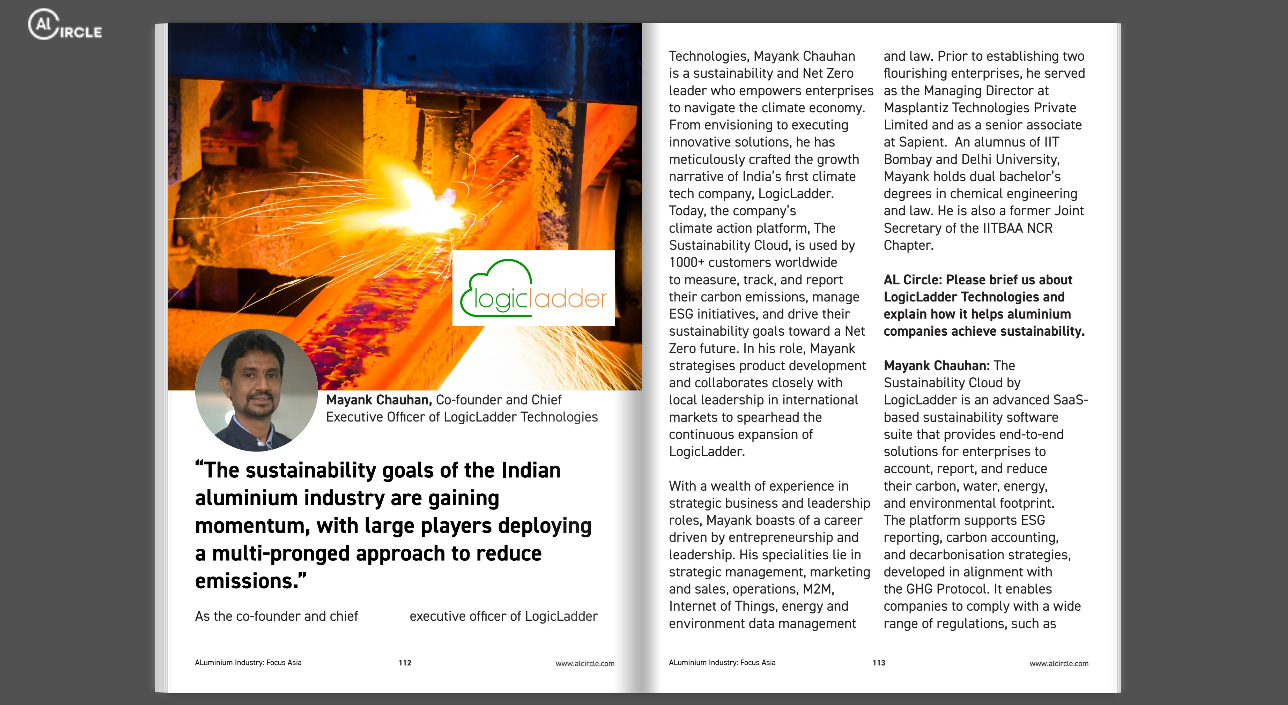
Aluminium sector needs to look beyond adopting low-carbon energy solutions
In an insightful interview with AlCircle, Mayank Chauhan, co-founder and CEO, LogicLadder Technologies, discusses how the Indian Aluminium sector is integrating sustainability into its operations.

6 Best sustainability management practices
A look at the best sustainability management practices that businesses need to pay more attention to become sustainable.


